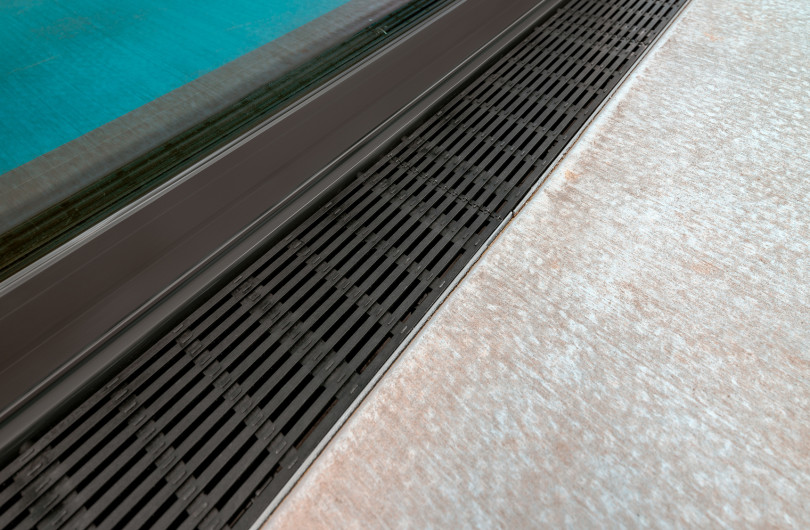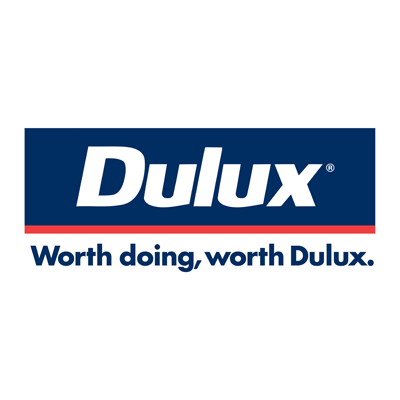This can present itself in a variety of ways including:
- As spots, streaks or blotchiness
- As a different colour to the paint – e.g. brownish on white colours or whitish on dark colours
- As colourless watermarks
- As changes in gloss level – e.g. glossy.
- The focus of this post is to explain what surfactants are, and exactly what surfacant leaching is. I will follow up with a second post explaining prevention and solutions.
So, what are surfactants?
Surfactants are an essential ingredient of latex paints. Surfactants are wetting agents that lower the surface tension of a liquid, allowing easier spreading; and reduce the interfacial tension between two immiscible liquids (e.g. oil + water) facilitating mixing. They are similar to detergents, and are used to aid pigment dispersion, and provide storage and colour stability to the paint while it is in its liquid form.
Surfactant leaching explained
When paint has been applied to a surface in non-ideal drying conditions a phenomenon called surfactant leaching may occur. Surfactant leaching is the rapid extraction of surfactants through a paint film over time, and the subsequent deposit of concentrated material on the paint surface. Surfactant leaching is caused by environmental conditions, not the paint itself; generally only occurring when drying conditions are non-optimal and most commonly occurring shortly after painting when temperatures are low and/or when humidity is high and/or the surrounding environment is wet e.g. winter conditions, rainy day, or in areas such as the bathroom or kitchen (where steam is present).
The degree of surfactant leaching that is observed may depend on one or more of three factors. Firstly, the actual quantity of surfactant in the base paint formula where paints with higher proportions of surfactant are more likely to leach. Surfactant leaching is also dependant on how soluble the surfactant is in water, because some surfactants are more water soluble than others and therefore leach more readily. Lastly, the degree of surfactant leaching that is observed may depend on the tinter(s) that is(are) mixed into the base paint, where tinted paints are more prone to surfactant leaching than white paints are, and strong or dark colours are even more prone to surfactant leaching. This is because of the ingredients that are present in tinters, where strong or dark colours may contain more surfactant and are therefore more prone to surfactant leaching. Surfactant leaching may also be affected by other paint components, but to a lesser degree.
Surfactant leaching only affects the appearance of the paint finish and does not affect the performance or durability of the paint.
My next post will cover prevention and solutions so watch this space.




























 Most Popular
Most Popular Popular Products
Popular Products



